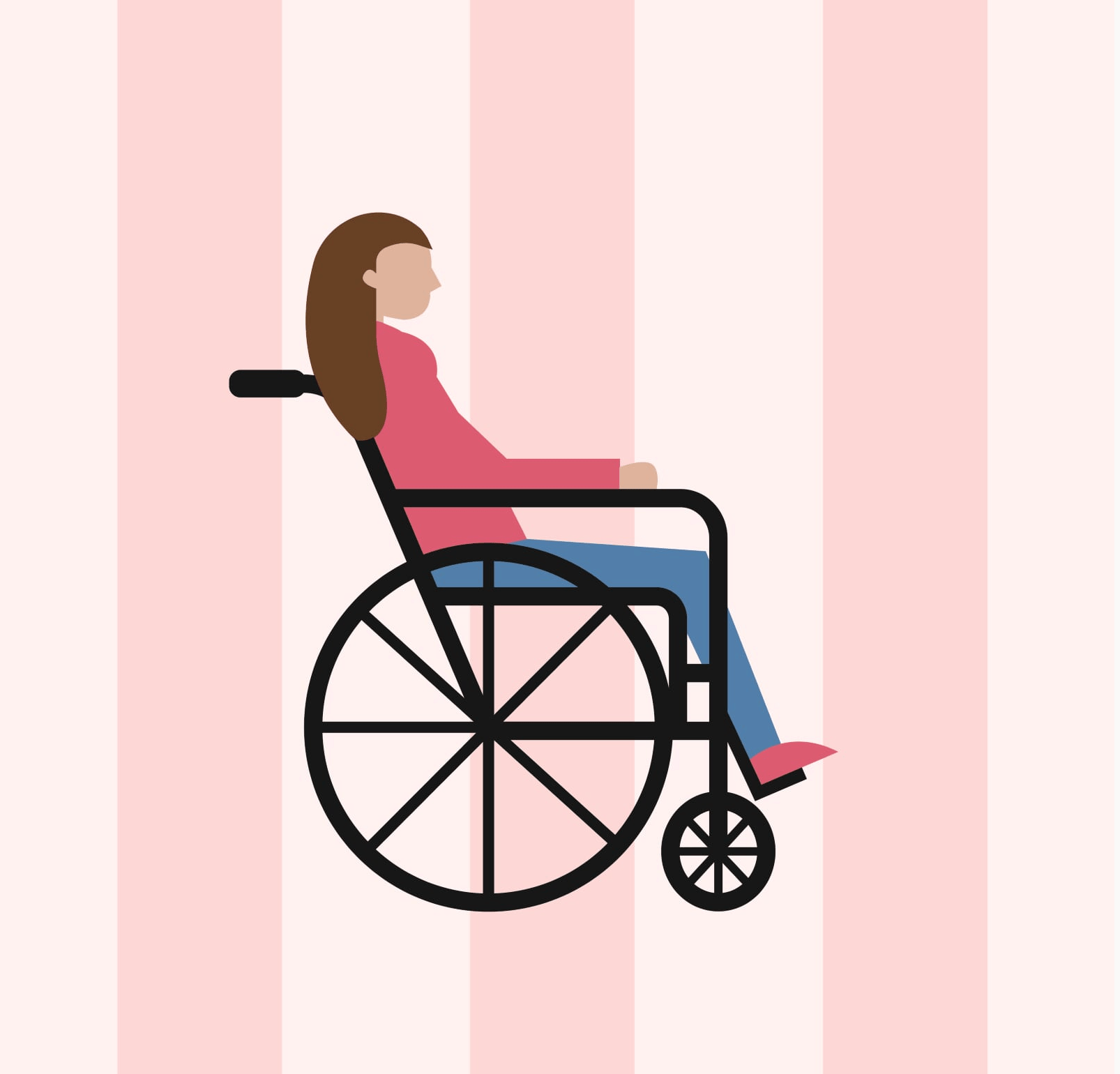The American Health Care Association National Center for Assisted Living has published a report detailing the impact that both the COVID-19 crisis and historic underfunding are having on nursing homes.
Between declines in occupancy, supply costs increasing by up to 103 percent, and labor costs rising, nursing homes across the U.S. are on the verge of collapse. The estimated revenue loss is up to 23 percent, or $57 billion. “Because of COVID-19, communities cannot continue move-ins or use revenue from new residents to counteract these expenses… this means that many homes will fail” (Dr. Ira Bedzow, NY Medical College, FoxNews.com, 4/29/20).
When it comes to nursing home care, as the old saying goes, we get what we pay for. Due in part to the exclusion of long-stay nursing home services from the Medicare benefit, Medicaid is the dominant payer of nursing home services. “Medicaid payment rates are typically 70-80% of private pay prices” said David Grabowski, PhD, Harvard Medical School (Testimony To U.S. Senate Finance Committee, 3/16/19).
Pre-COVID, the average nursing home was operating at a net loss or shoestring budget due to Medicaid’s funding shortfall. “In 2018, the average total margin – reflecting all payers (including managed care, Medicaid, Medicare, and private insurers) and all lines of business (such as skilled and long-term care, hospice, ancillary services, home health care, and investment income) – was –0.3 percent, down from 2017 (0.6 percent).” (MedPAC Report To Congress: Medicare Payment Policy, 3/1/20).
“Medicaid must begin to pay a higher rate commensurate with the costs of delivering high-quality long-term care to frail older adults. In many states, this will require greater federal contributions” (David Grabowski, PhD,Harvard Medical Schoo, and Vincent Mor, PhD, Brown University).






